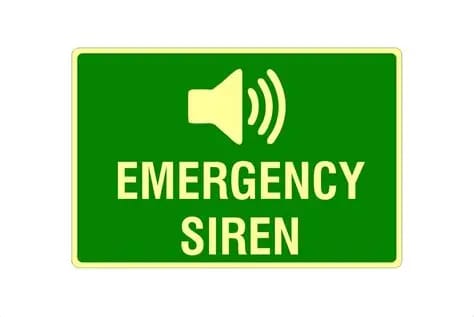Blog
The Hidden Technology Revolution in Sound Alert Systems

When most people think about emergency alert systems, they picture the same simple horns and sirens that have been around for decades. But behind the scenes, sound alert technology has undergone a dramatic transformation—and most facility managers have no idea what they’re missing.
At New Wave Sound Alerts, research isn’t just a buzzword. It’s our ongoing commitment to staying ahead of technological advancements that make alert systems more effective while reducing costs. Here’s what’s changed in the world of industrial sound alerts.
Digital Signal Processing Changes Everything
Modern alert systems leverage digital signal processing to deliver clearer, more intelligible messages over longer distances using less power. DSP technology filters out ambient noise frequency ranges, ensuring alerts cut through environmental sound without simply being louder. For facility managers, this means better coverage with fewer speakers and lower energy costs.
Networked Systems Provide Unprecedented Control
Gone are the days of simple pull-stations triggering sirens. Today’s systems integrate with facility management networks, enabling zone-specific alerts, scheduled testing without disrupting operations, and remote monitoring of system health. When a speaker fails, you know immediately—before the next emergency exposes the vulnerability.
Voice Evacuation vs. Traditional Tones
Research consistently shows that voice evacuation messages produce faster, more orderly responses than traditional alarm tones. Modern systems can deliver pre-recorded or live messages, provide directional guidance, and even offer multilingual alerts for diverse workforces. The technology has become affordable enough that voice evacuation is now practical for mid-sized facilities, not just massive complexes.
Weatherproof Technology Gets Serious
Outdoor alert systems used to mean accepting that equipment would degrade and fail in harsh conditions. New materials and enclosure designs have changed that equation. Today’s outdoor sounders withstand extreme temperatures, corrosive environments, and years of weather exposure while maintaining performance specifications.
Integration with Other Safety Systems
The most significant advancement isn’t in alert devices themselves but in how they integrate with fire alarms, access control, video surveillance, and building management systems. A single emergency can trigger multiple responses automatically—alerts sound, doors unlock, cameras focus on incident areas, and HVAC systems adjust to control smoke spread.
Why This Matters to You
If your alert system is more than five years old, you’re likely missing capabilities that could enhance safety while reducing operational costs. The question isn’t whether you need to upgrade—it’s when.
We continuously research these advancements so you don’t have to. Let’s discuss how current technology can transform your facility’s emergency preparedness.
